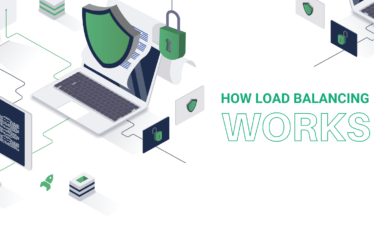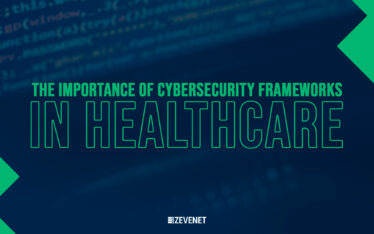Identity verification acquires the use of personal confidential data, hence, consumers need to make sure that their information is handled safely. Let’s dive deeper into this blog.
Technological advancements are reforming companies, changing organizations and operational modules at a pace never observed before. The transformation of change is rising, placing consumers at the core of technological advancement, for this reason, it’s vital that safe identity verification is performed as part of an online service providers’ functioning.
Therefore, the coronavirus pandemic has influenced companies such as tourism, online gaming, e-commerce, and public facilities to reorganize their consumer engagement modules in favor of performing an enhanced user-centric online approach. As a greater balance of the world’s population has had to follow strict travel and lockdown restrictions for many months and various companies have had to close their physical actions due to the COVID-19 pandemic, it is necessary to have remote authorization for important services across a range of industries.
Liveness detection has become particularly difficult. So how do you form secured consumer relationships and establish faith when asking users to give confidential personal data such as identity documents or biometrics remotely and digitally, while ensuring regulations.
The identity verification process in an online world
Identity verification is ensuring that the individual is on the opposite side of the screen. It involves four easy steps.
The person is requested to take a picture of their official identity documents such as utility bills, passports, or credit cards.
Then it is verified against the identity document by checking the coherence and integrity of the information.
The users take a selfie.
Then it is matched against the document with the face of the user.
Various technological advancements, including facial scans, AI, and ML can assist you to make consumer onboarding fast and safe. Therefore, when mixed, these technologies not only assist to authenticate the user remotely but also enhance the digital onboarding experience, making it as extensive as possible.
How do you make sure consumers trust?
When onboarding users, companies need to be able to verify their authenticity without annoying them. Identity verification acquires the use of personal confidential data, hence, consumers need to make sure that their information is handled safely including how it is managed, what it is conducted for, where and how it is kept, and whether the user has any control over it.
So how can companies make the user trust their identity document and biometric information, especially in times when the identity document is done online.
Businesses can now take advantage of artificial intelligence IDV solutions without affecting user trust. Listed below are some things you need to acknowledge:
As many as one in ten users are now victims of identity fraud annually, therefore imposters are using intelligent online devices to get authorization to innocent’s information. Hence, one needs to make sure that the solution you have put in place is robust enough to guard users against malicious attacks and identity theft.
An important part of making sure consumers trust in the identity authentication system in place is to be explicitly open and honest about the method you use any information gathered in the procedure and how you guard it. Ensure that no PII is kept locally, and the information is only temporary. Data security makes sure to be considered very strictly when performing an online onboarding solution.
Companies need to set up appropriate safe remote IDV solutions, as it may be dangerous in the present climate KYC & AML compliance processes are so strict, and threats imposed by imposters are as wide as they are serious. Complying with the GDPR and whatever laws are adopted is not just key, but inevitable.
How to enhance user acquisition digitally without affecting trust
Now that faith is built, how do you make more users utilize your service, to improve conversion rate without affecting the consumer experience?
Any obstacles to the user journey can force the consumer to begin the procedure again, which can be greatly annoying and can drive the consumer to leave. Hence, identity document verification is to be set up with user behavior at its heart and with security as a cornerstone of the procedure.
Communicating the latest service advantages of a highly authenticated and surety level of safety and trust to users, as well as ensuring it to be clear that it follows security laws. It is the key to enhancing digital onboarding in our touch-less course.
THANKS TO:
Janifer Mina





